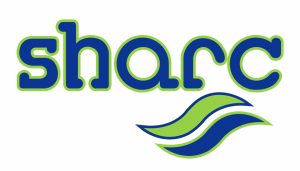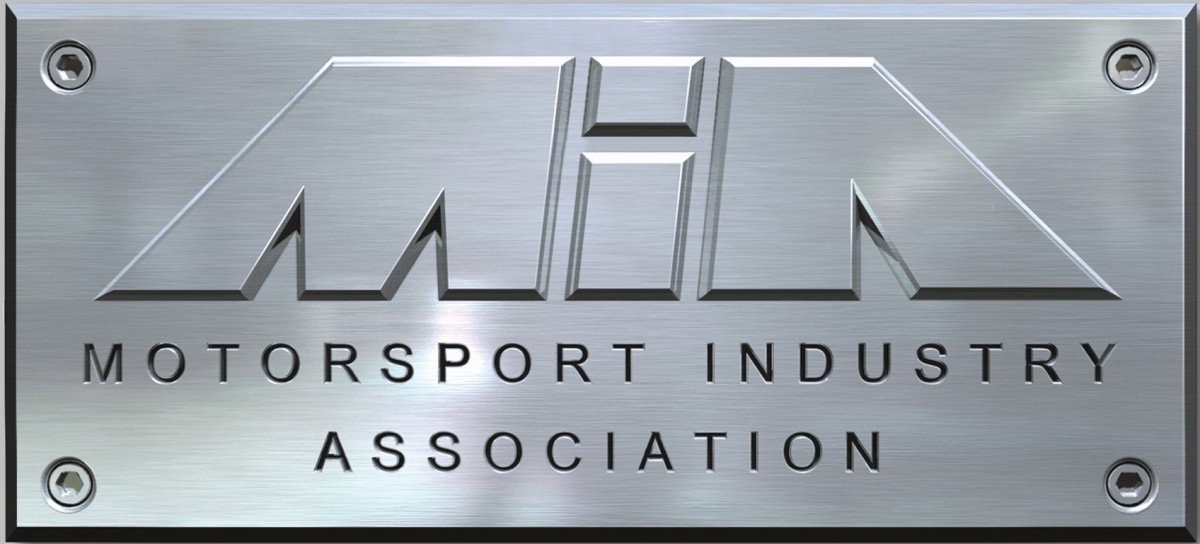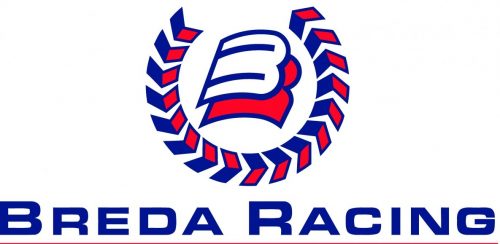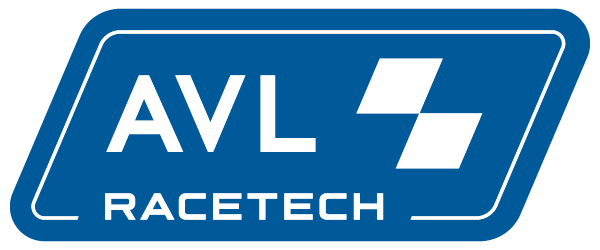ACO technical director Thierry Bouvet explains EoT and BoP
The Automobile Club de l’Ouest (ACO) has published an interview with its technical director Thierry Bouvet who explains the difference between the Equivalence of Technology (EoT), which was implemented this season to adjust LMP1 performance levels between hybrid and non-hybrid prototypes, and between different engine types and the Balance of Performance (BoP).
“The Balance of Performance applies to the LMGTE class and is intended to encourage parity between sports cars with different technical features such as front versus rear engine,” says Bouvet. “To ensure competition is as fair as possible, race organisers seek convergence in terms of aerodynamics first and then consider weight, output and fuel tank capacity.
“We devised an EoT in 2014 with the FIA to create parity between petrol and diesel cars. The adjustments were based on fuel allocation – flow rate and allowance per lap – which influences performance and range. A flowmeter and sensors are vital in measuring this.
“Today, given that the technical regulations are different for LMP1-H and LMP1-NH entries – particularly concerning aerodynamics and weight – and that there are even differences according to engine types in LMP1-NH, we have again opted for an EoT.
“Ultimately, in LMP1, it is a combination of two Equivalences of Technologies: equivalence between hybrid and non-hybrid cars, and also equivalence between non-hybrids with naturally aspirated engines and those with turbocharged engines. Moreover, there is one EoT for the WEC circuits and another for the 24 Hours of Le Mans due to it being a different type of circuit which means that the hybrid system deployment ratio per kilometre is lower at Le Mans. Once you grasp how complex the situation is, you understand why the rules can’t be simple.
“We were faced with a new situation for the 2018-19 season with Toyota the only manufacturer entering a hybrid prototype (LMP1-H) against private teams using non-hybrid technology (LMP1-NH). EoT is designed to ensure that the privateers who came in with new, non-hybrid cars in 2018 can rival with the Toyota TS050 Hybrid that the manufacturer has been developing since 2012.”
According to Bouvet, after running with it for a year, with a few tweaks along the way, the equivalence between naturally aspirated and turbocharged engines has been achieved in all races. “Between hybrid and non-hybrid cars, we have approached our goal but have come up against the maximum physical limits of non-hybrid cars. Engine power couldn’t be increased any more, nor car mass reduced. As EoT is less favourable to the hybrids at Le Mans than elsewhere, for the reasons explained earlier, we are quite confident that the non-hybrids will be very close for this Super Finale.”
Asked whether it is satisfactory, Bouvet replies: “No, of course not. We would have liked closer races between the hybrid and non-hybrid cars. We are already working on a slightly different system for next season which could also take race results into consideration.”
He explains that they have had to deal with a variety of challenge, including Toyota’s thorough knowledge of its hybrid car compared with the relative inexperience of the teams fielding non-hybrids. that four-wheel drive cars will always be more efficient in wet weather conditions and a bumpy circuit like Sebring favoured Toyota due to its more complex suspension systems. The ACO is therefore continuing to work on finding solutions and have suggested a ‘success ballast’.
As far as this year’s 24 Hour race is concerned, Bouvet says that the ACO has published the EoT for Le Mans Test Day and have left the physical parameters for the non-hybrids – engine power and vehicle mass – at their potential maximum.
“The Toyota will also be 10 kg heavier than last year for Le Mans. We shall analyse fuel consumption data on Test Day to calibrate the different amounts of fuel for the race. The cars will be very close in terms of lap times.”
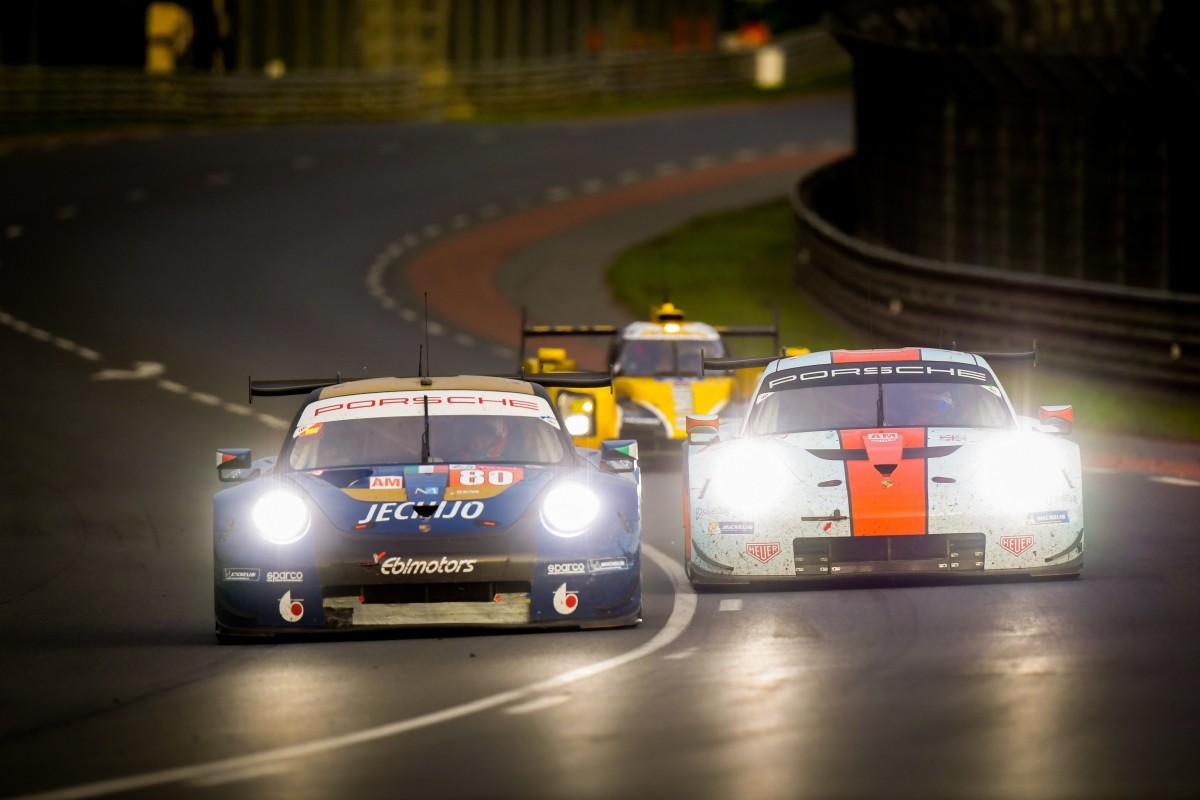
When it comes to LMGTE, the EoT is discarded in place of BoP. “In LMGTE, as all cars use the same technology, there is no EoT,” says Bouvet. “However, as these cars are based on quite different street-legal models, a Balance of Performance is necessary. There are also two BoP systems: one for WEC circuits and another for Le Mans. For the WEC circuits, we have an automatic system that was honed with the car manufacturers. This system adapts the BoP (weight and power) according to racing performance, with preference given to power if the car lacks acceleration. Everyone knows and gets on with the system, and the upshot is that LMGTE produces very exciting races as all the cars are very close. As for the Le Mans BoP, the fact that the race is only run once a year rules out an automatic system.
“Our technical people at ACO and FIA conduct a thorough study to come up with a result based on an analysis of the previous year’s race, the Test Day where we look at the manufacturers’ behaviour between Test Day and the actual race the year before, and an analysis of the improvement in performance for new cars since Le Mans the previous year.
“We had a very tight race last year and it will be the same this time. Finally, as the pit lane regulations have changed, we shall no longer have the sort of gap that formed at the beginning of the race last year. It promises to be a fantastic battle.”



